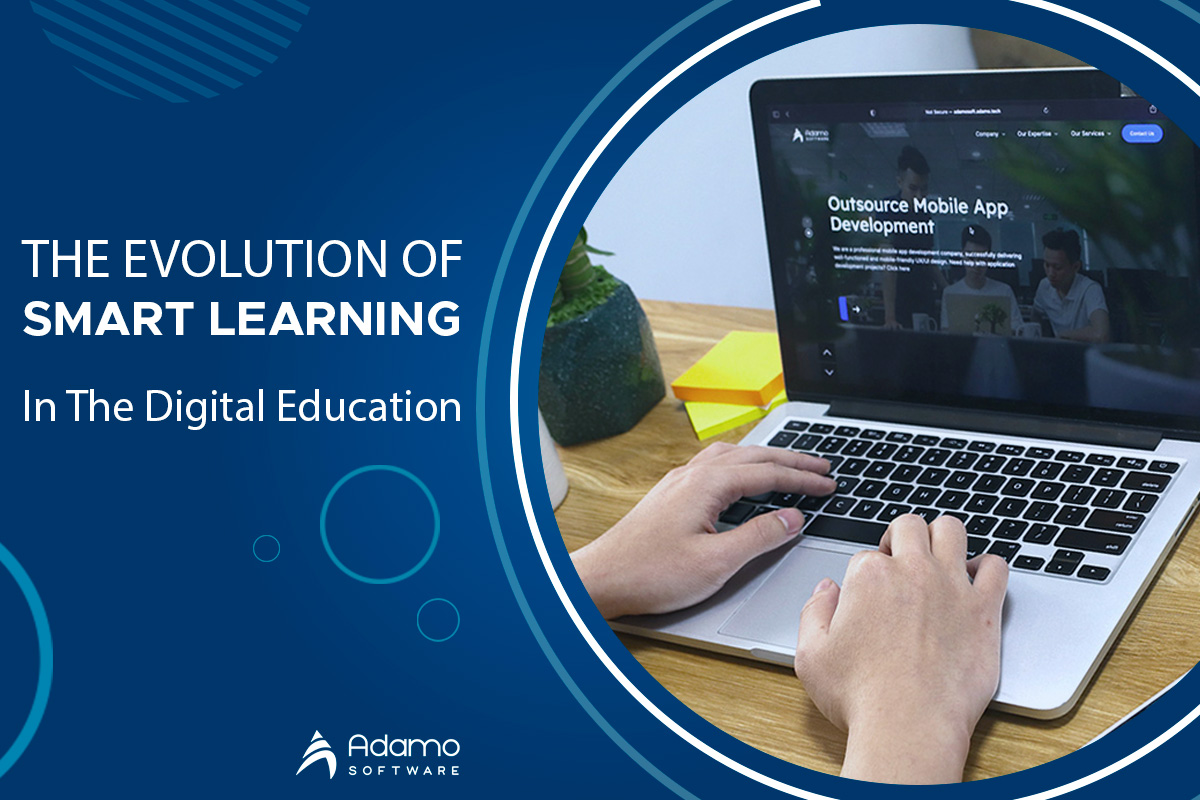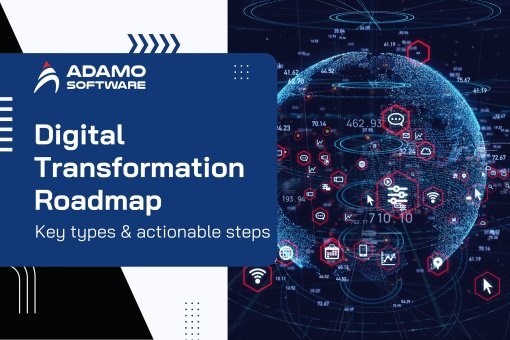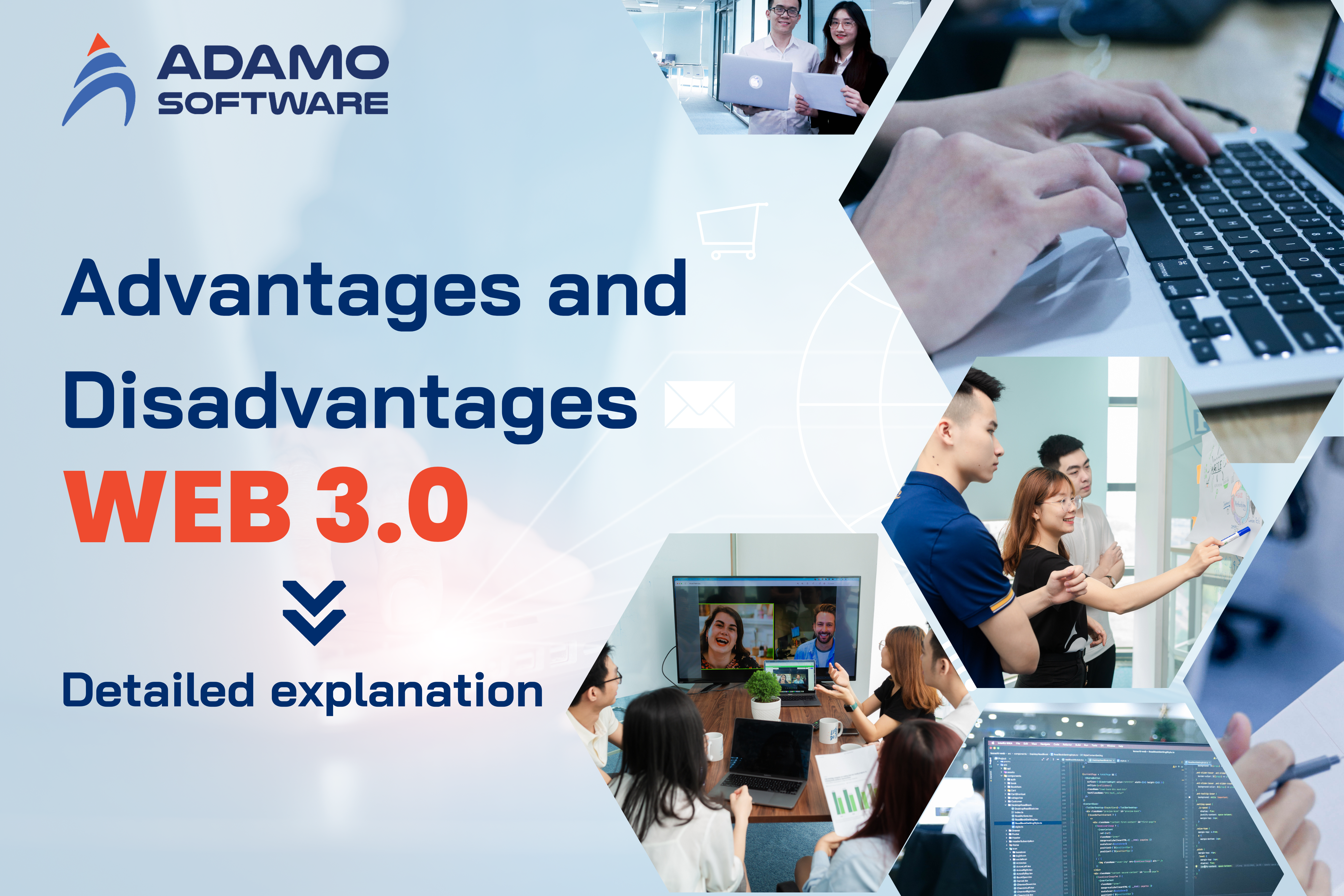
Smart learning helps redefine educational spaces. The idea of smart learning serves to teach and learn in various benefits from the use of smart technology.
Smart learning on smart devices is about technological innovation in education, which technologies have changed teaching and learning. The concept of smart learning encapsulates methods of teaching and learning with the use of technology in education. With over 95% of students using smart technologies, smart devices have changed the way we work, study, and relax.
Besides, smart learning is an evident model of teaching and learning that accommodates technology in smart learning environments. It empowers us to enhance and transform education by connecting the technical phenomenon of mobile devices to social media, mobile learning, and BYOD (Bring your own device). Smart learning considers learners at the heart of their learning: teachers, classmates, technologies, and smart learning environments. The use of technology has forced mobile app development companies to develop mobile apps for education, especially smart learning.

Smart learning education: the disruption through innovative thoughts
The idea of smart learning not only affects us, but also empowers learners to boost and transform education by connecting the technologies to digital media, mobile learning, Bring Your Own Device, and more. All of them are separately fascinating; however, they will create a powerful combination.
Smart devices are portable, multi-functional, and wirelessly connected like smartphones and tablets. Besides, smart learning is distinguished by free or inexpensive software applications. To emphasize learning and teaching via technologies, smart learning makes learners engage in their studies. Learners consider it as the center of their learning: teachers, peers, and technologies in smart learning environments.
Smart learning empowers learners to regroup and reconceptualize innovative thinking and ensure it is embedded in a learning environment. Some ideas have struggled to obtain a foothold with teachers and learners since they sometimes complicate rather than robust relationships between the teacher and learner. Thus, smart learning can expand the spaces people use for teachers and learners. It helps make learning relationships more student-centric and flexible in a rapidly-changing digital world. Offshore development teams always try to apply technologies to mobile apps for smart learning. Learning is more accessible and challenging since people use media to convey and apply knowledge.
Mobile Learning
Mobile learning has focused on innovation and technology-enhanced learning approaches for centuries. Nevertheless, the concept of smart learning is a maturity of technologies, their affordability, connectivity, and contextuality. It has been a massive growth in social networking behaviors that are changing. The idea of social networking among students has grown out and even surpassed the concept of “texting”. For example, the presence of mobile Short Message Service (SMS) is limited compared to today’s widely used real-time chat apps. The use of SMS, however, is used in higher education as an administrative tool. Mobile app development companies have combined texting features in a mobile app for smart learning.
BYOD – Bring Your Own Device
Students or tutors use their own devices to access the smart learning environments. The immediate access, flexibility, and personalization help learners engage more in their education. BYOD in education uses smart devices to disrupt people’s lives for better or worse. Higher education institutions use learning technologies to ensure reliability and safety. For example, students increasingly attend universities with mobile phones and a laptop. It means that students are ready to use their devices for academic purposes and find tutors and institutions for opportunities and encouragement to do.
A report (2012/2013) states that 96% of asked students own a laptop while only 10% own a tablet. Smartphones and tablets are powerful for connectivity and the gathering of information. People might limit the use of smart devices if they don’t install suitable mobile apps on their devices.
Social media for learning
The presence of digital social media helps enhance learning experiences and the emergence of personalized smart learning. Social media features diverse forms and purposes. For example, Facebook and Twitter are the most familiar channels for students and staff for social networking. Google, however, is a suite of social media tools for search engines. Youtube allows people to use, produce, collaborate, and communicate with others in various ways. Mobile app development companies are trying to introduce smart learning services.
Open Learning
Openness in smart learning services provides an essential context to understanding smart learning classrooms. Sharing knowledge is an important aspect of openness through open learning that supports mentors’ talk specifically and in detail. Lists are the following meanings of openness in smart learning:
_ Access learning materials beyond a specific geographical location;
_ Open academic freedom;
_ Open enrolment without regard to prerequisites knowledge or other demographic data;
_ Open and free – free of charge for participants.
With its openness, smart learning can create an opportunity to erase formal structures in some contexts. The idea of open learning content, for example, is related to the concept of reusable learning objects for centuries. It suggests that teaching and learning can be packaged, shared, and reused. Thus, mobile app development companies always consider openness regarding developing mobile apps for smart learning.
Rich digital media and User-generated media
Rich digital media supports smart learning to make good use of videos, audio, and screencasting. It also helps improve accessibility, authenticity, and meaningful engagement. Smart learning takes advantage of digital media to store, access, capture, edit, and publish it with sufficient quality.
The barriers to the production and distribution of audio and video in smart learning classrooms have decreased the advent of user-owned smart devices. For instance, the growth of Youtube and SoundCloud coupled with the behaviors and familiarity of students and staff who are increasingly using them.
Also read: The future of education technology in 2022: reveal hidden opportunities
Smart learning services in classrooms: Smart boards for teaching and learning

Uses of smart boards in education: tremendous benefits
Smart boards, also called interactive whiteboards, help improve learning experiences whereas supporting teachers in their lessons. The smart boards allow teachers and students to learn collaboratively, share learning materials, access online resources and use smart learning apps.
Students gain benefits from smart learning boards
In a smart learning classroom, teachers install smart boards since it not only boosts the way they teach but also supports students to learn. Besides, smart boards provide students with tremendous learning experiences by presenting them with visual elements. The uses of smart boards in education make learning much easier since teachers can accommodate various learning styles.
For example, the touchscreen allows teachers to operate programs with a finger tap. This makes it not only easy to navigate for teachers and students.
Interactive smart learning technologies
The uses of smart boards in education make learning and teaching more interactive. Students learn best since they are fully engaged, and gain hands-on learning experiences. Smart learning classrooms allow learners to use smart boards at the same time. For instance, students use their fingers and write directly on the smart board, which supports smart learning at once.
Require low maintenance costs
Smart learning classrooms require low maintenance costs since smart boards are easy to use. The boards do not use chalk or markers. Teachers only use their fingers or a special pen.
Access to online resources
Smart learning offers learners and teachers easy access to open learning resources. Besides, they can set up all learning materials in the class for all students to view and access on any website and videos via PCs.
Friendly smart learning environments for all
If you are seeking a “go-green learning environment”, here you are. Technology in education has supported friendly learning environments for students. Smart learning classrooms are environmentally friendly since they erase the need for paper. Therefore, teachers do not need to photocopy and print any learning materials on paper.
Features of smart board in teaching-learning
Screen recording and capturing
Recording and capturing screens are one of the best features of smart boards in teaching and learning for schools and institutions. Smart boards help teachers and students access the lessons and notes and even watch again in case they missed their lessons. Therefore, smart learning allows teachers to interact with their students in various classroom activities.
Teaching and smart learning on the cloud
The use of smart boards is a must-have feature that enables teachers and students to access the lessons or notes from a remote device. When developing mobile apps for smart learning, offshore development teams say you share a URL for downloading, viewing, and editing the lesson.
Supporting various platforms
Schools keep an inclusive view when choosing smart boards. People access lesson plans remotely with a mobile device: IOS and Android. For example, teachers who use Zoom meetings face problems with screen sharing. Teachers can share whiteboards while teaching. Thus, when creating smart learning apps, mobile app development companies should consider smart boards for their mobile apps. It can add value for users.
Displaying complicated ideas
Smart boards allow you to read special symbols in various subjects like physics, chemistry, and more. Besides, smart boards identify equations and formulas rather than showing errors on the display.
Multiple-finger touch recognition
Smart learning classrooms should use smart boards since it allows users to touch various points on the screen. Smart boards allow you to identify a multi-touch function for shaping creativity and making lessons more engaging and interactive.
Voice control and speeches recognition
Smart boards should identify voices clearly and perform actions such as taking dictations. The technology for smart learning apps should be based on machine learning like Siri or Alexa.
The Bottom Line
Smart learning: teaching and learning in the digital world are much more about innovation since technologies are changing the way people teach and learn. Smart learning education continues developing, which has gradually emerged into smart technologies. Being the leading education software development company in Vietnam, Adamo has provided you with smart learning education: how to disrupt smart learning through innovation, and the benefits and uses of smart boards in smart learning classrooms.











